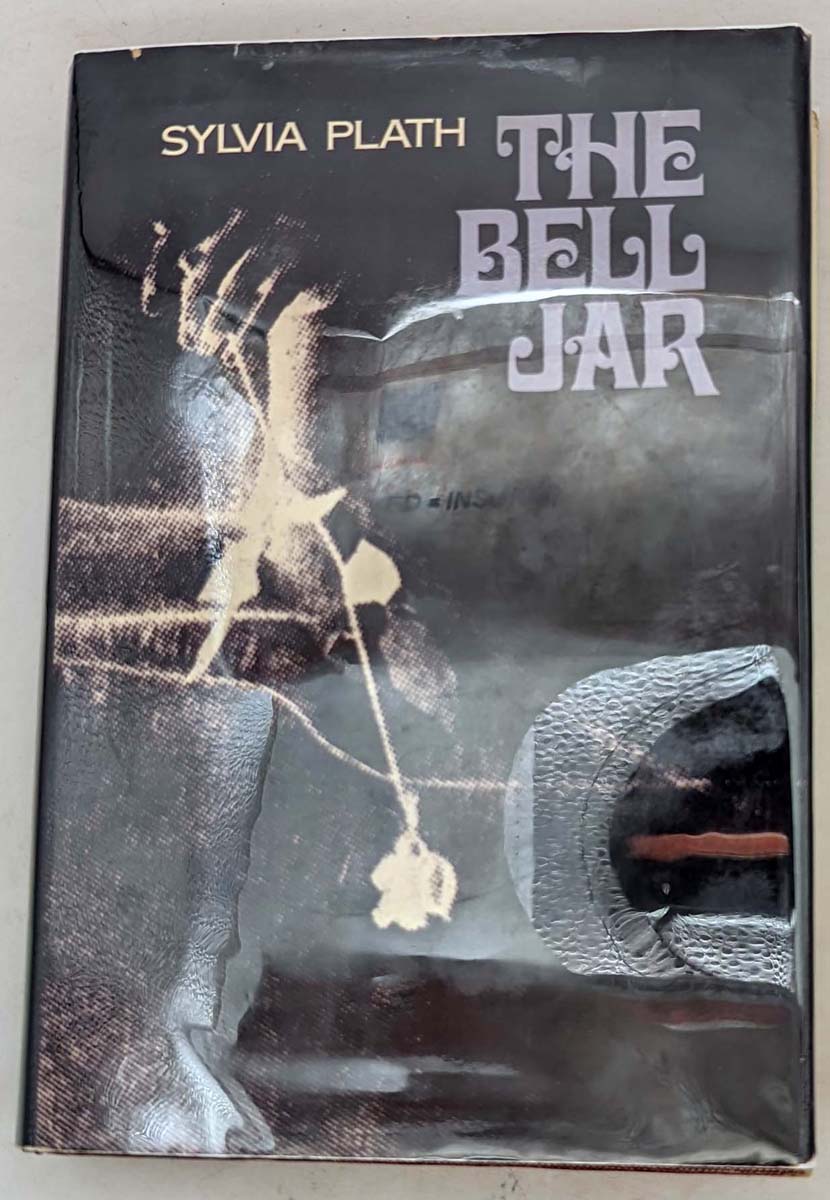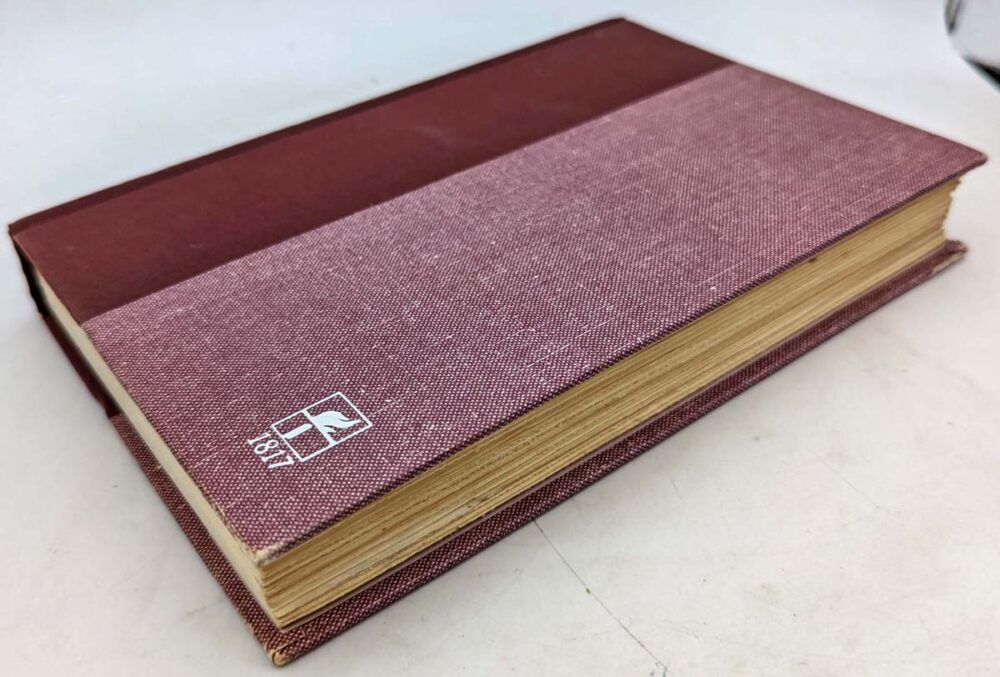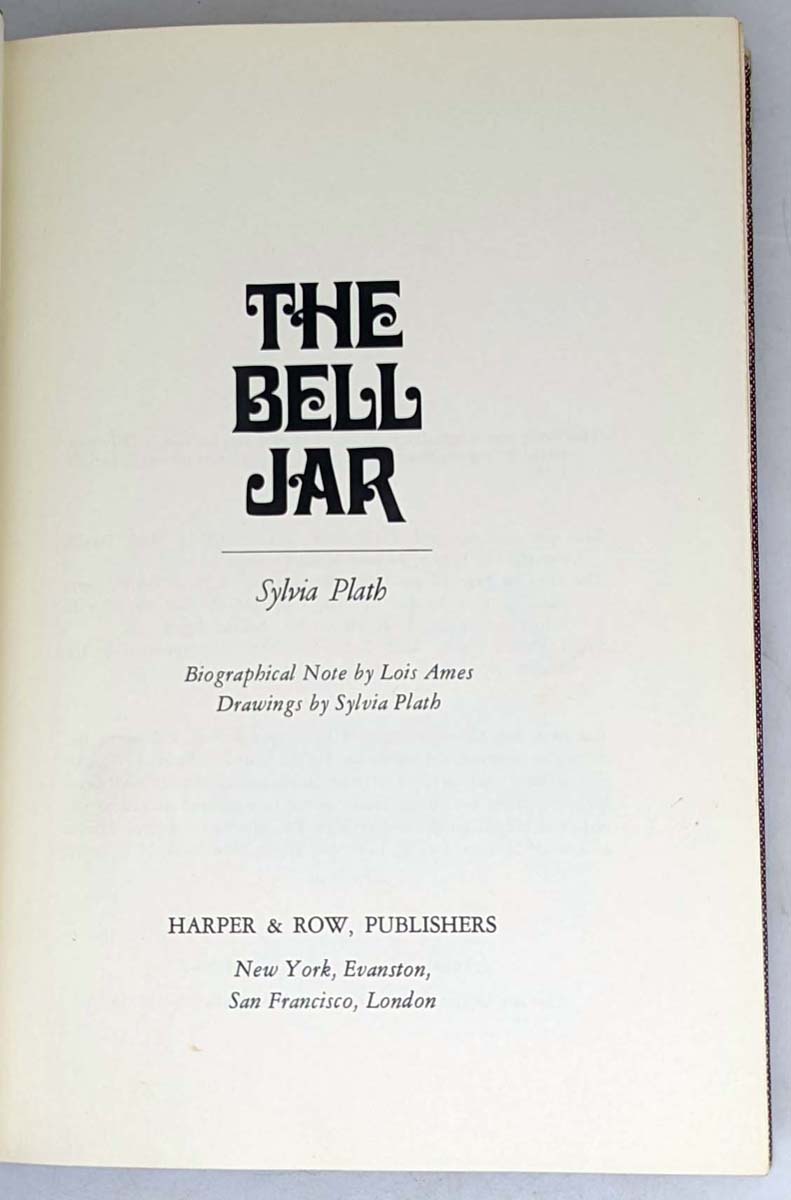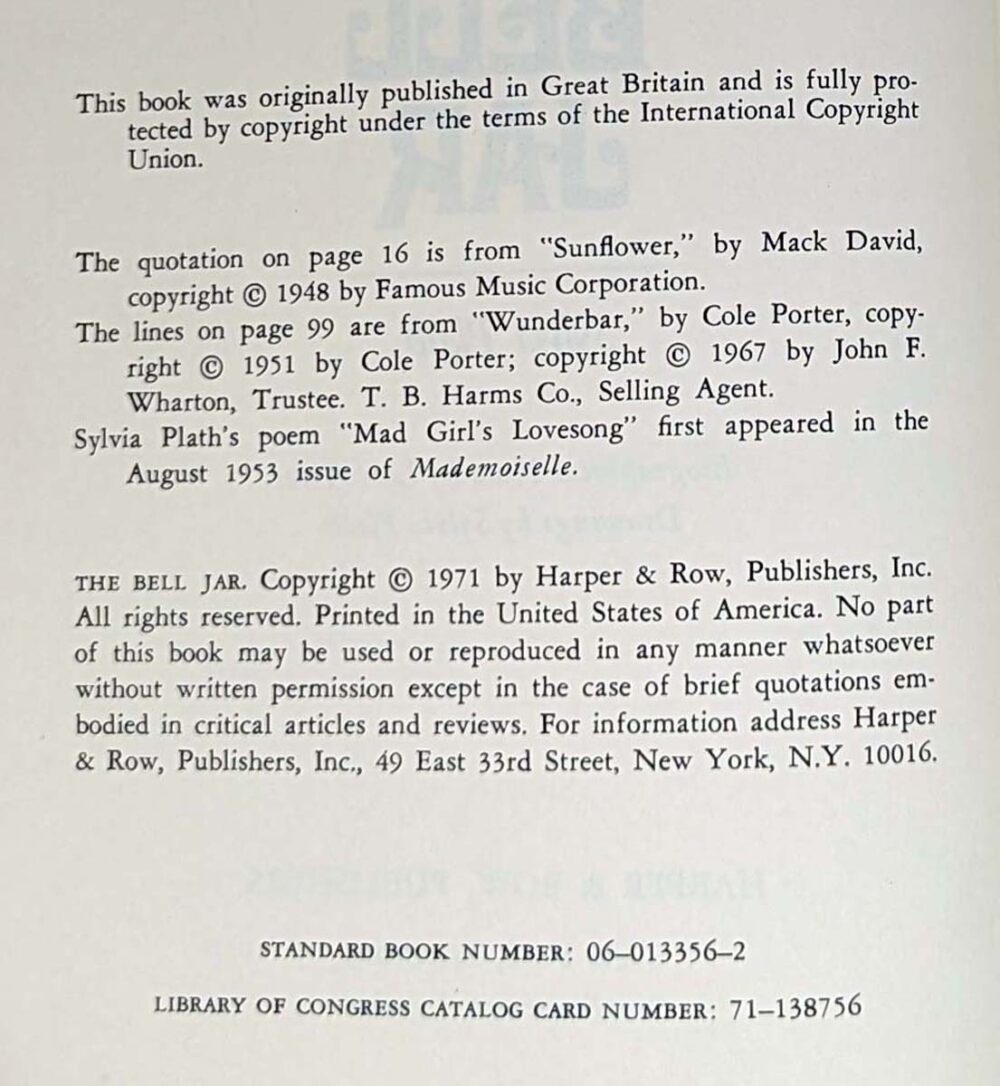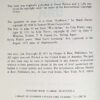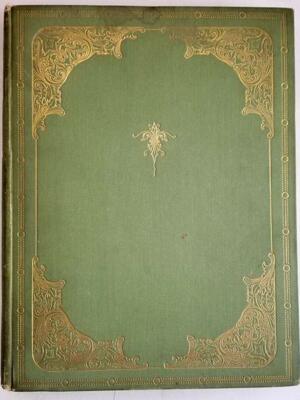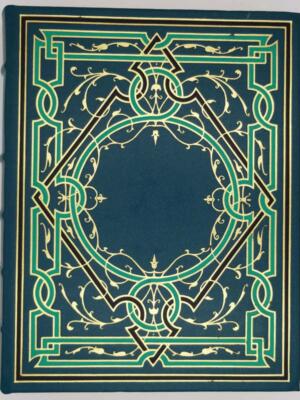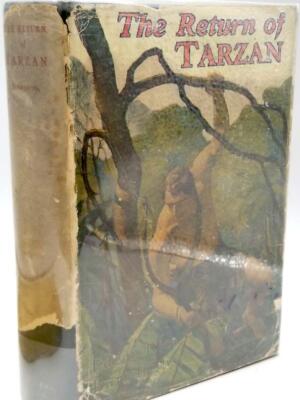The Bell Jar (1971 Edition) – Sylvia Plath
Published posthumously under Plath’s own name in 1966 (after initially being released under the pseudonym “Victoria Lucas” in the UK in 1963), The Bell Jar became widely circulated in the 1970s, with the 1971 paperback editions cementing its status as a feminist and literary classic. This semi-autobiographical novel follows Esther Greenwood, a brilliant but troubled young woman navigating mental illness, societal expectations, and the stifling gender norms of 1950s America. Plath’s razor-sharp prose and darkly poetic metaphors—like the titular bell jar, symbolizing suffocating depression—capture the fragility of identity and the search for self amid oppression.
The 1971 edition features haunting cover art (such as the iconic Faber & Faber design with a muted, trapped figure), reflecting the novel’s themes of confinement and despair. Its raw portrayal of psychological unraveling resonated deeply with the feminist movement and counterculture of the era, making it a defining text of 20th-century literature.
